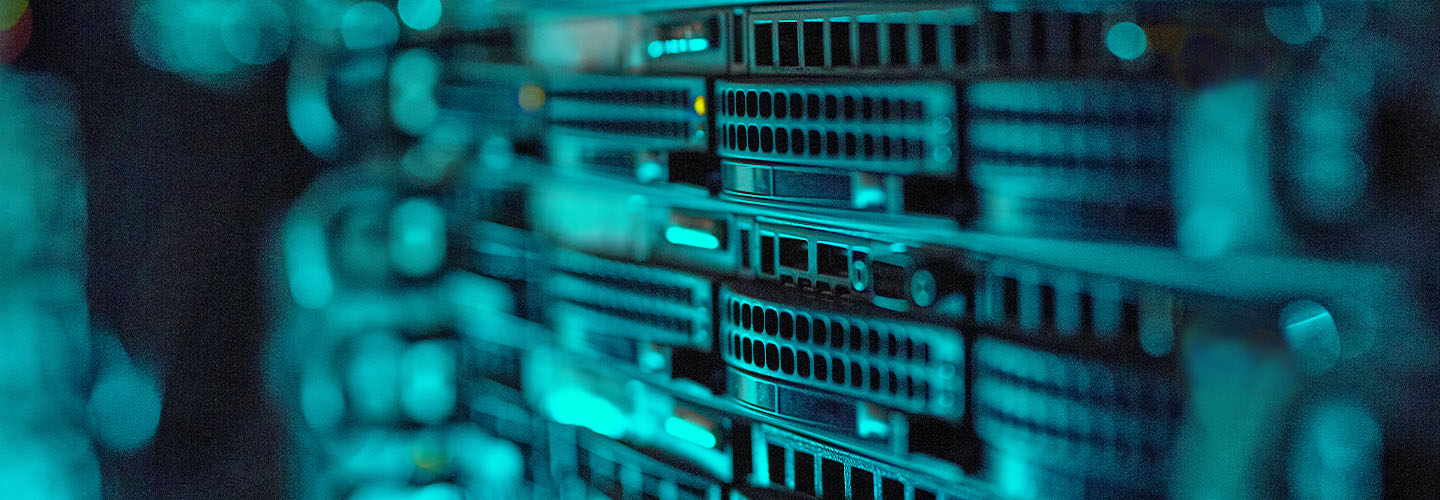To protect your company against cyberattacks and data breaches, you need to constantly evolve and grow to stay one step ahead of cybercriminals. The moment you lower your guard, there's every chance a nefarious cybercriminal will look to exploit any vulnerabilities. With some or all of your employees working remotely, it won't take much to breach your defenses. In fact, all it could take is a password shared publicly on a team chat app, an accidental click on a phishing link, or confidential company information accessed through a public Wi-Fi connection.
